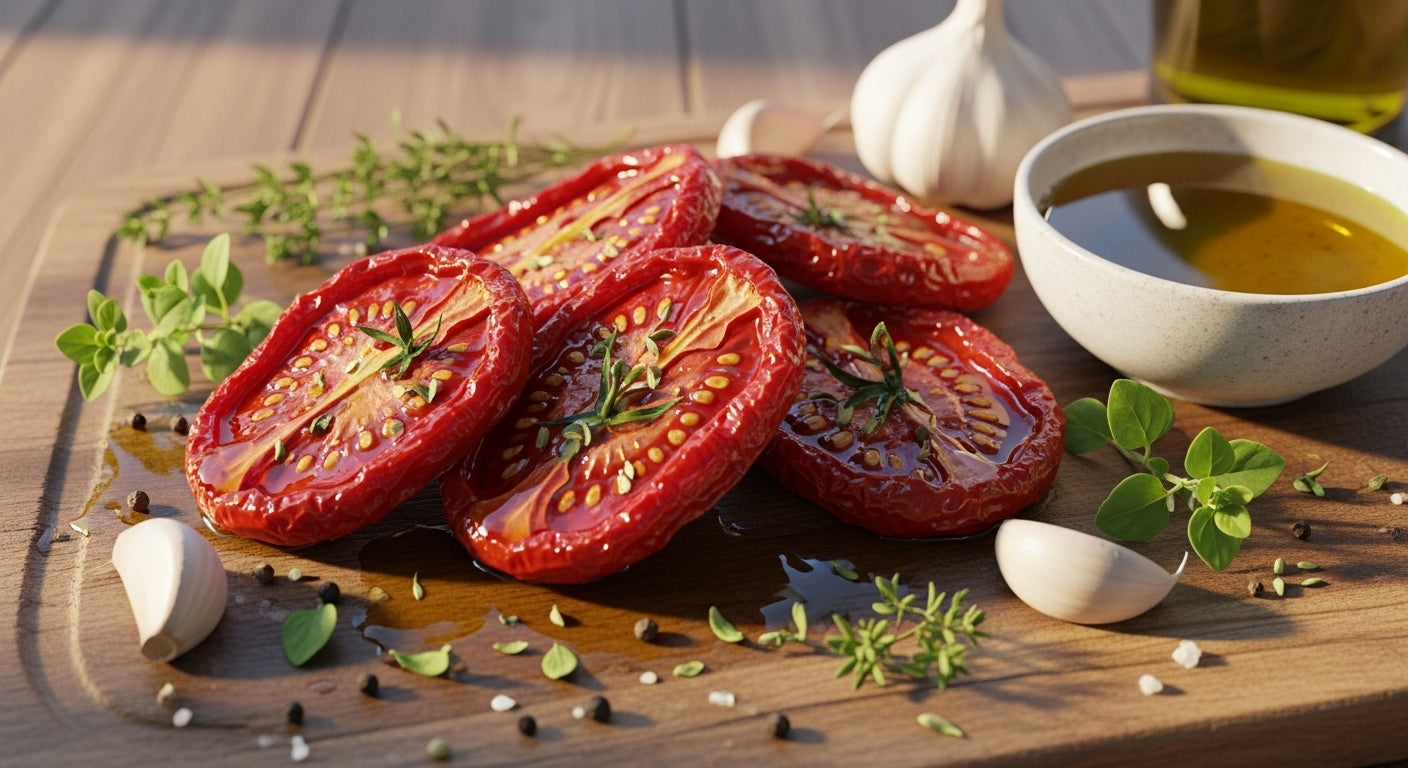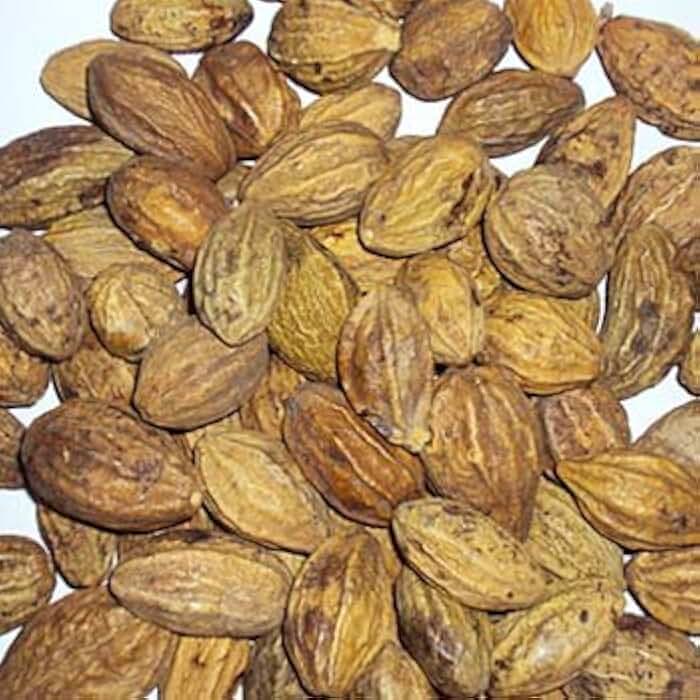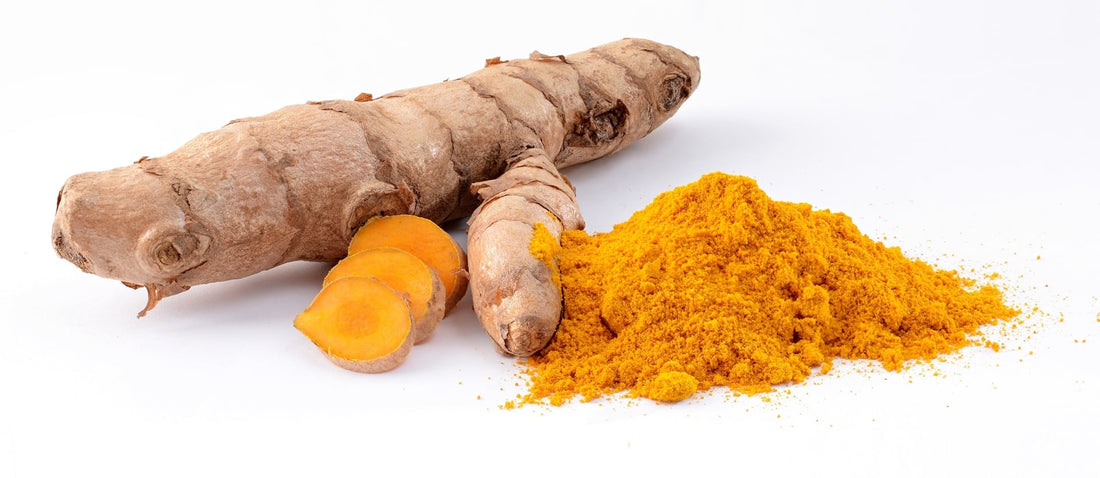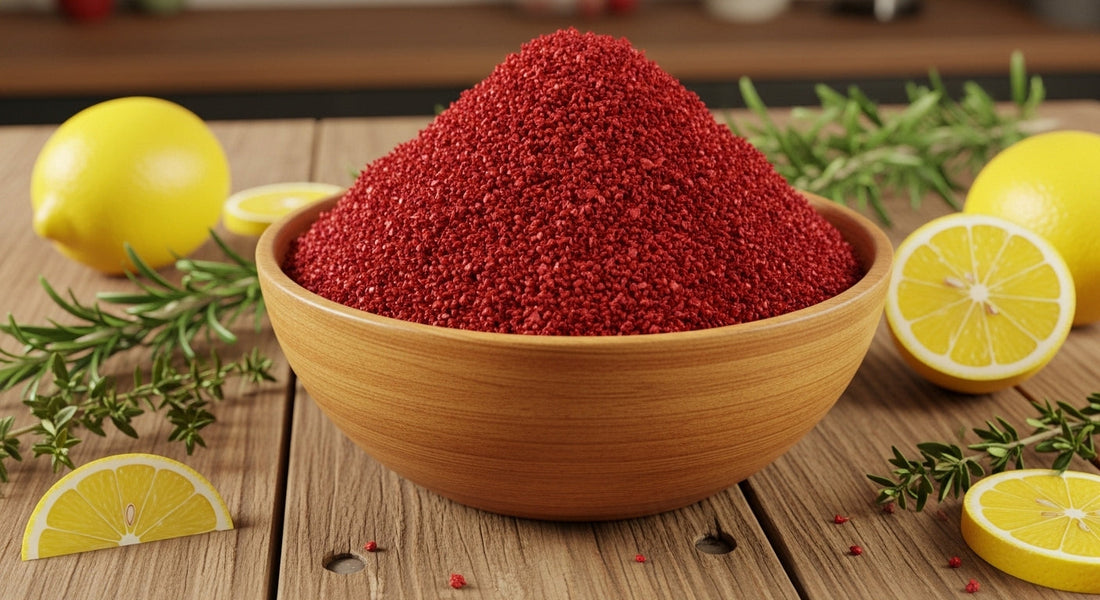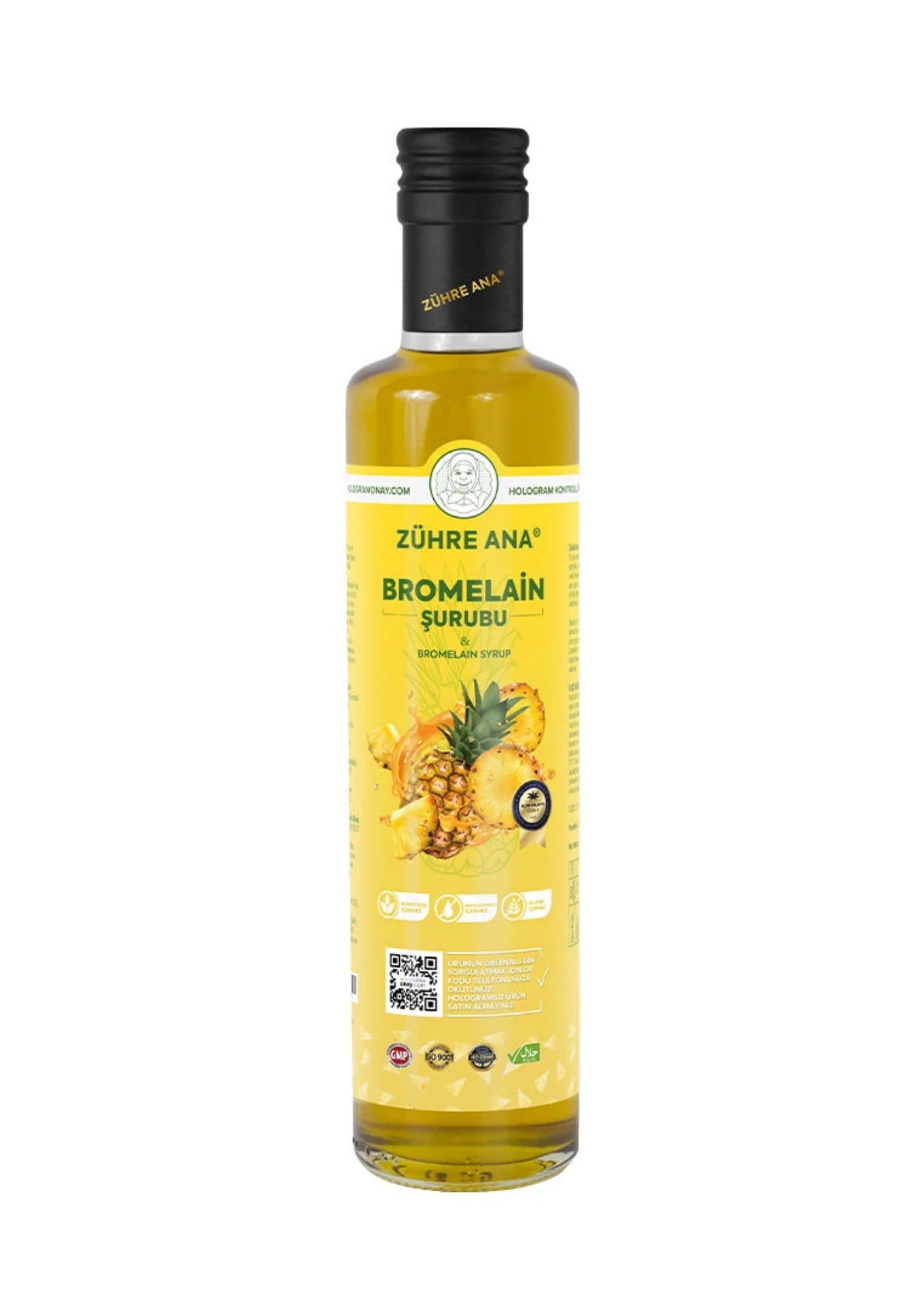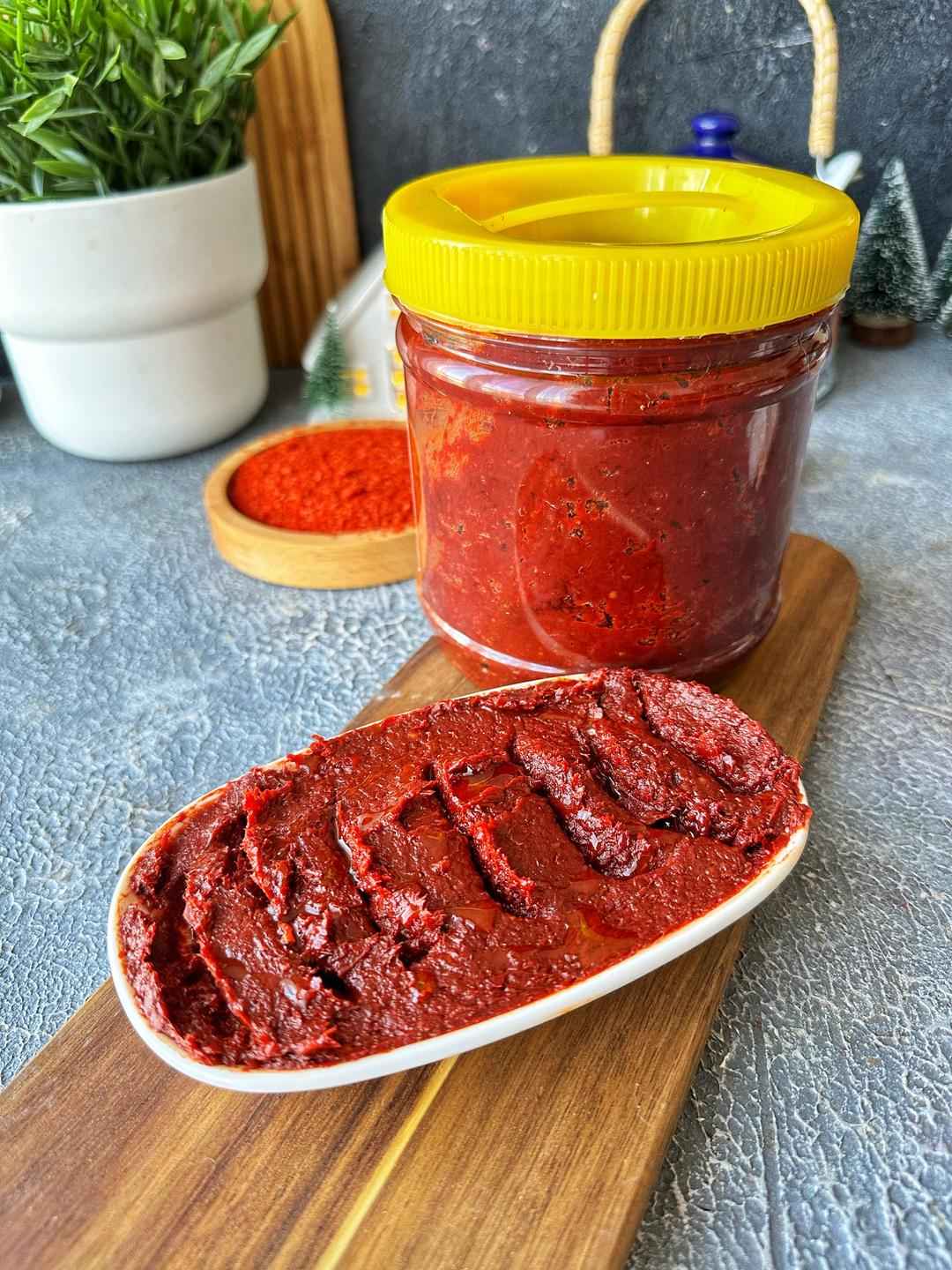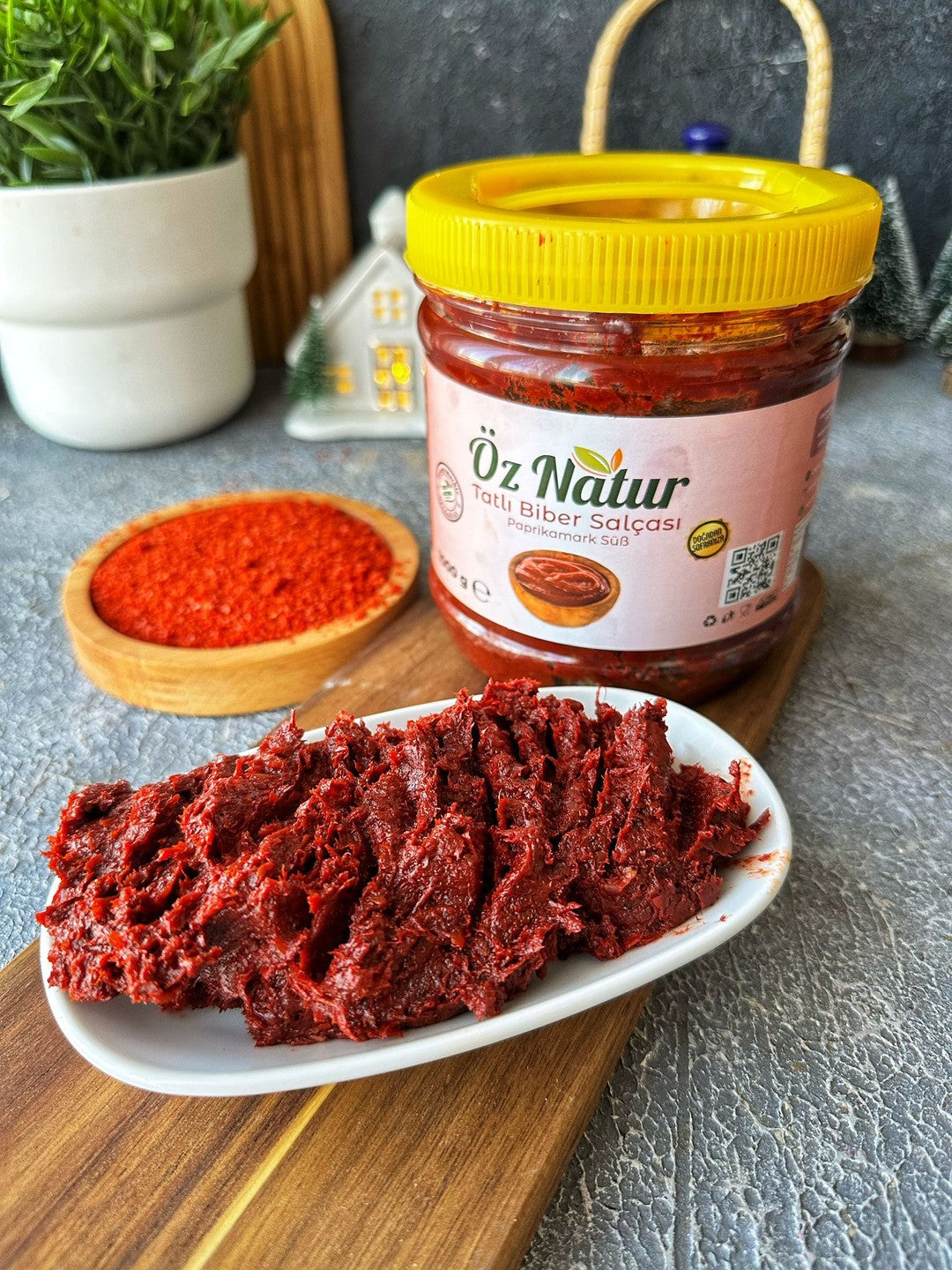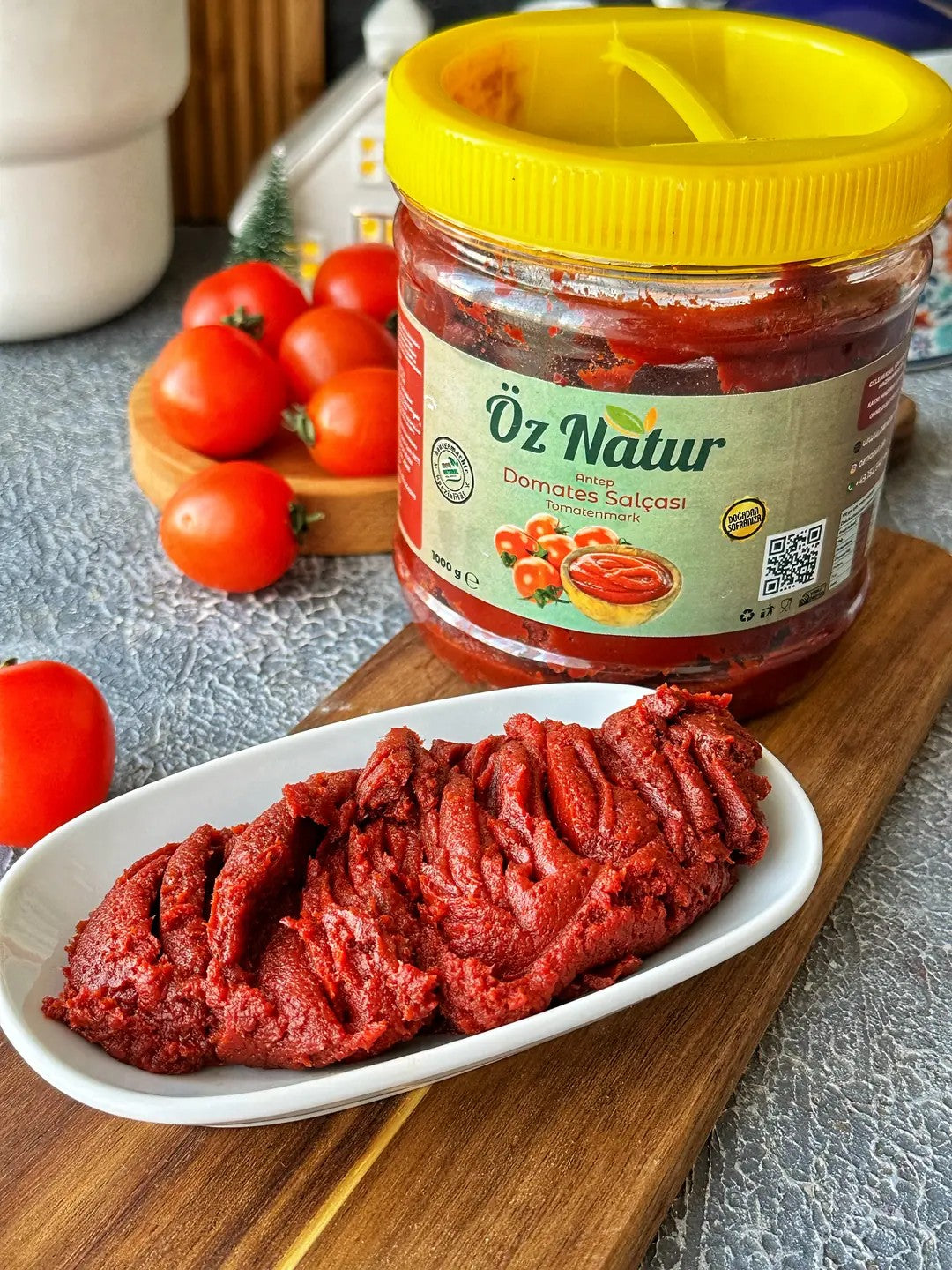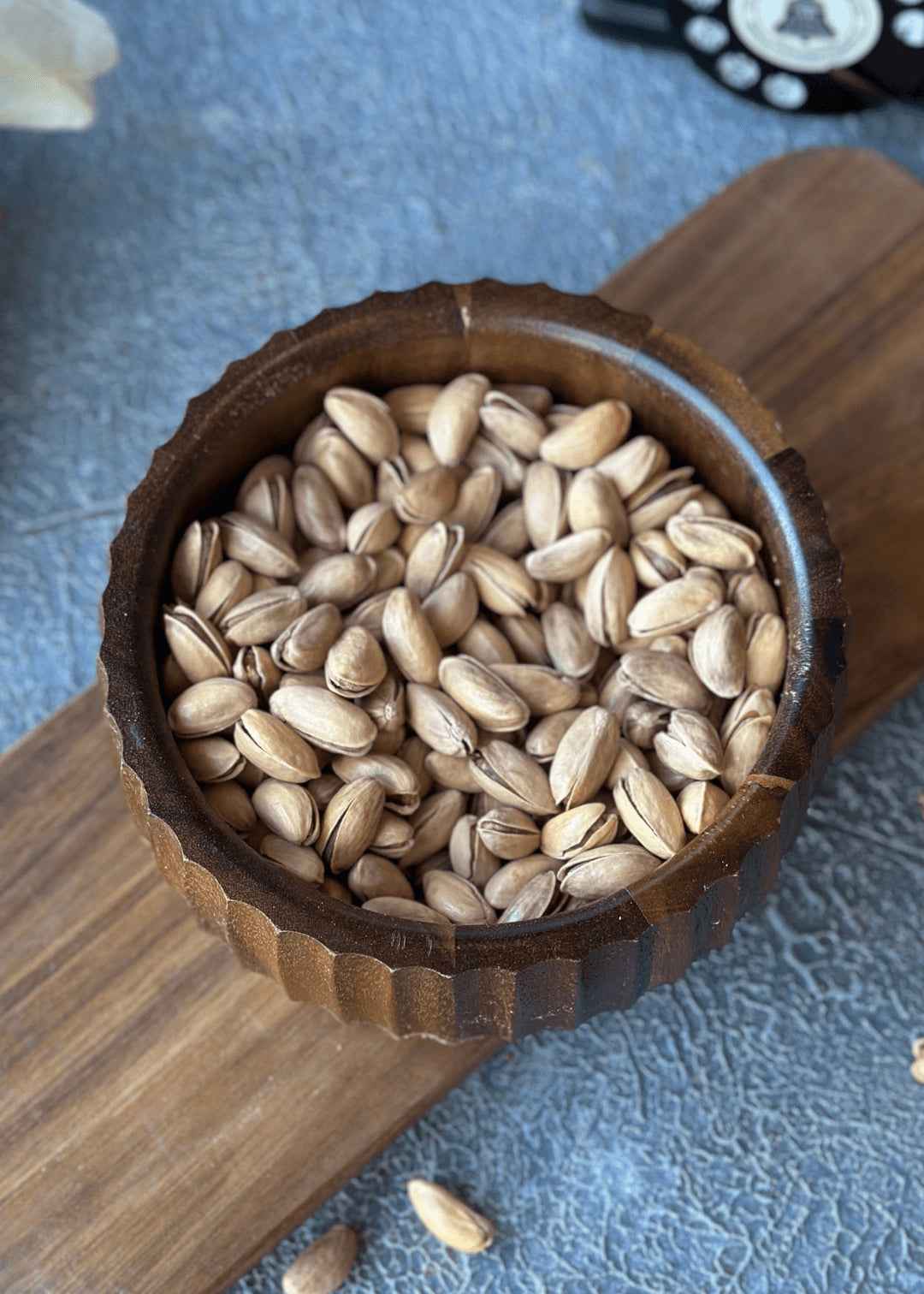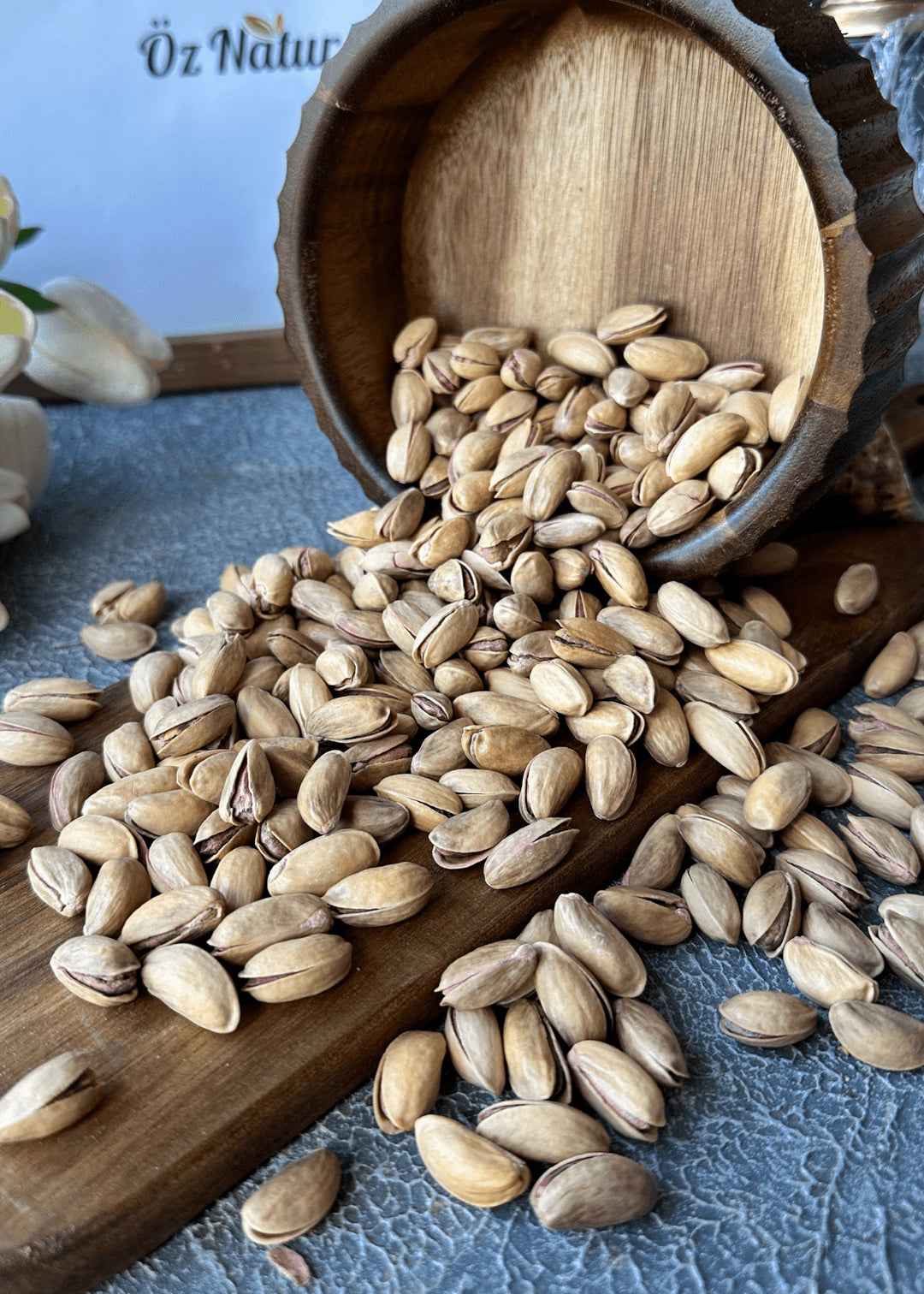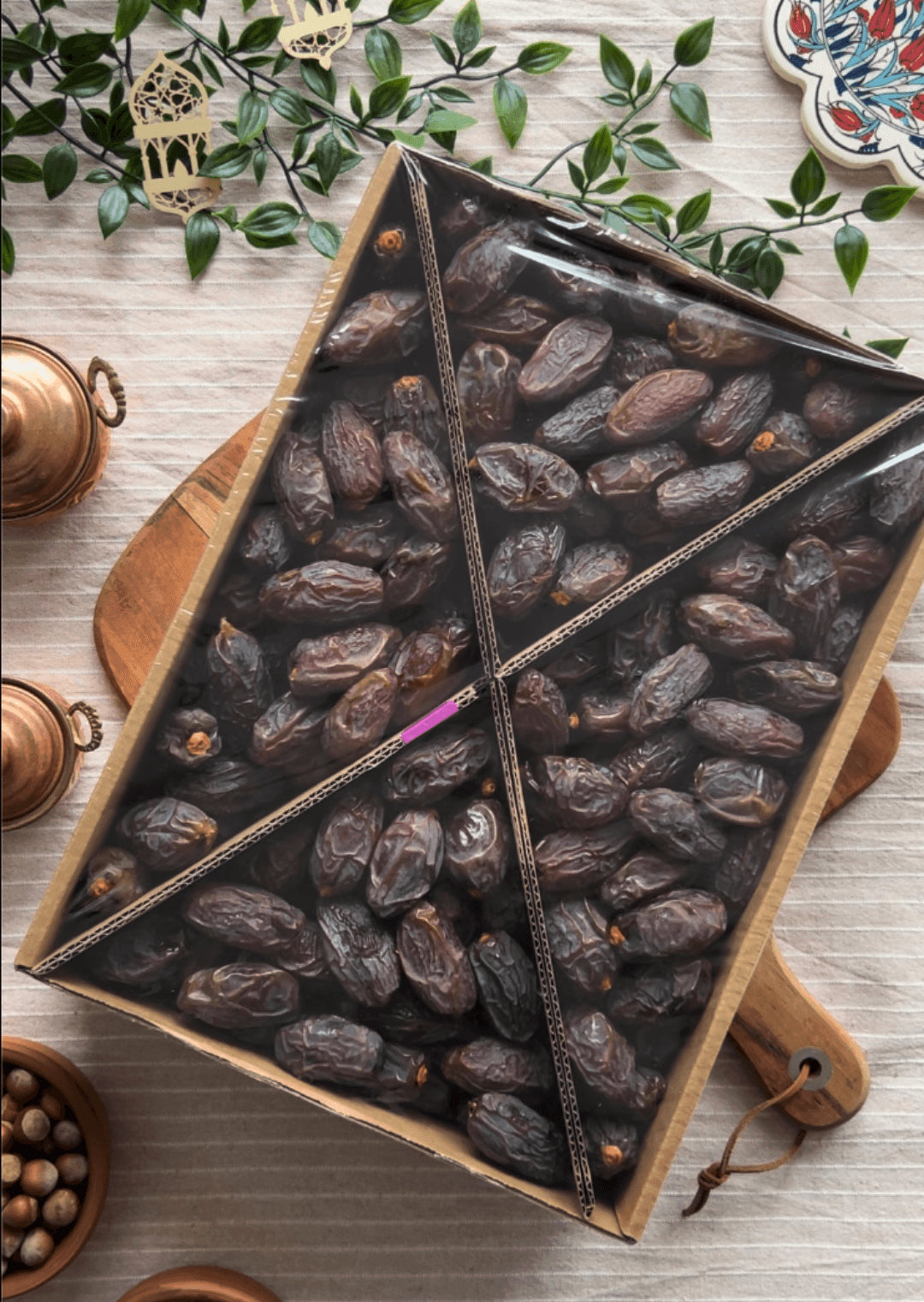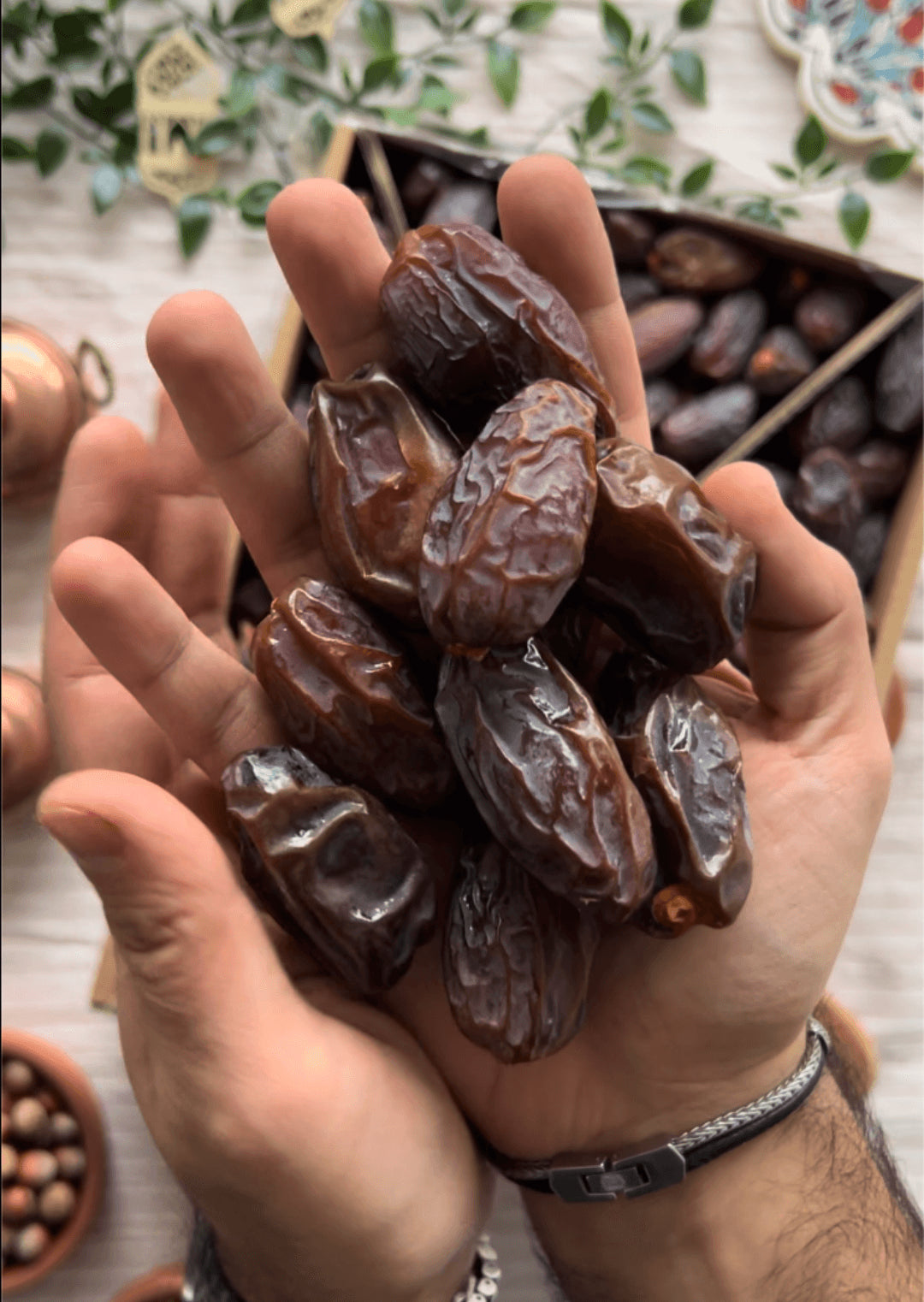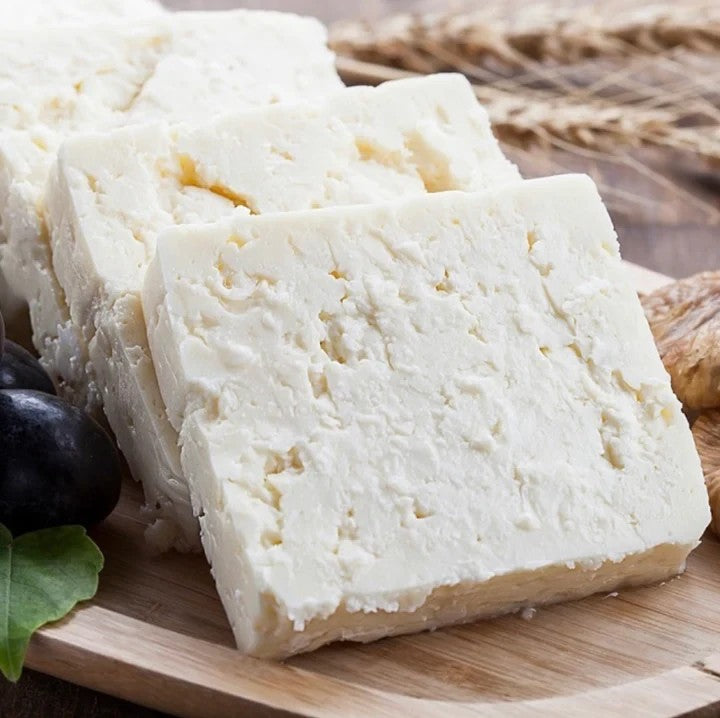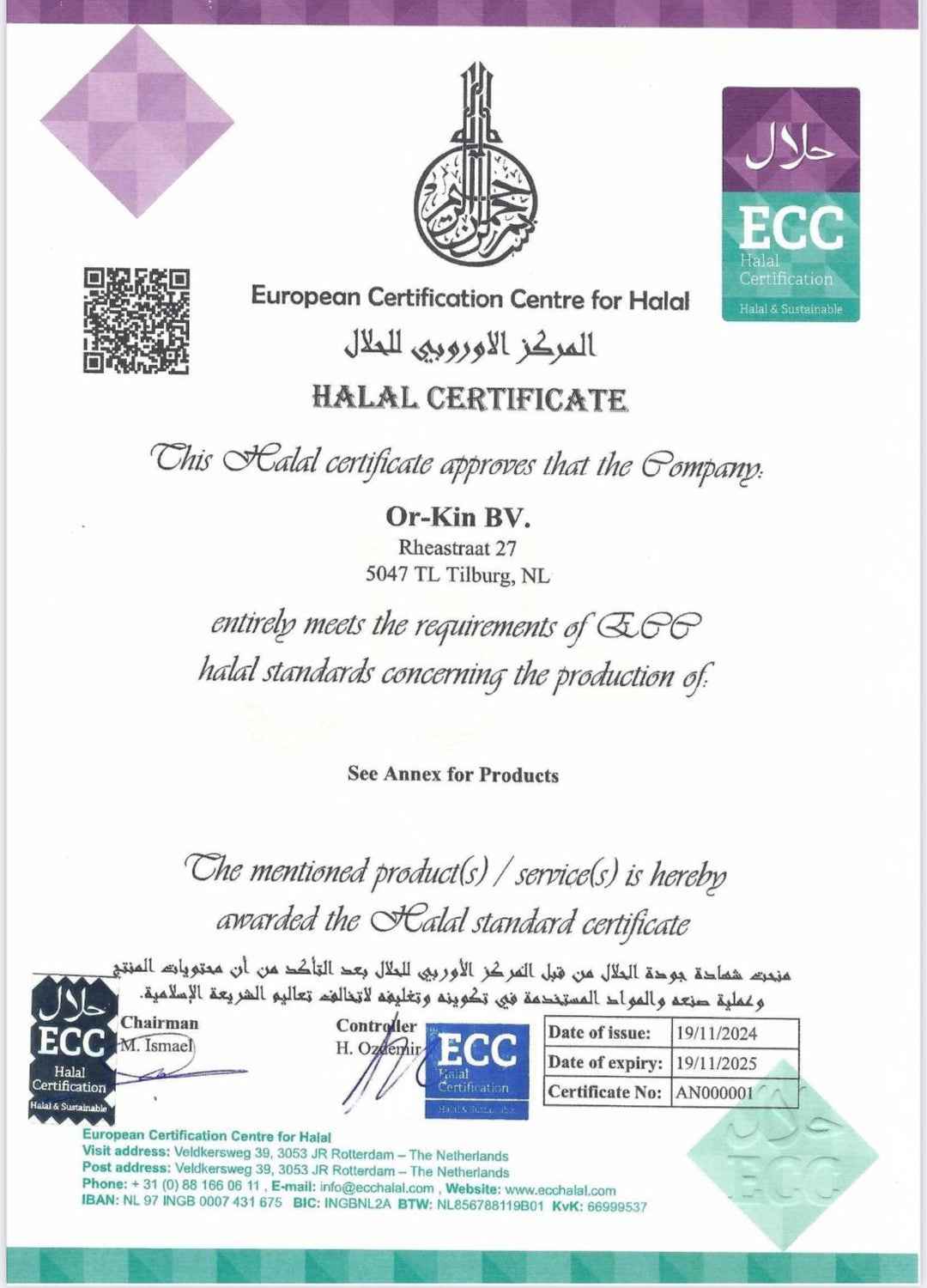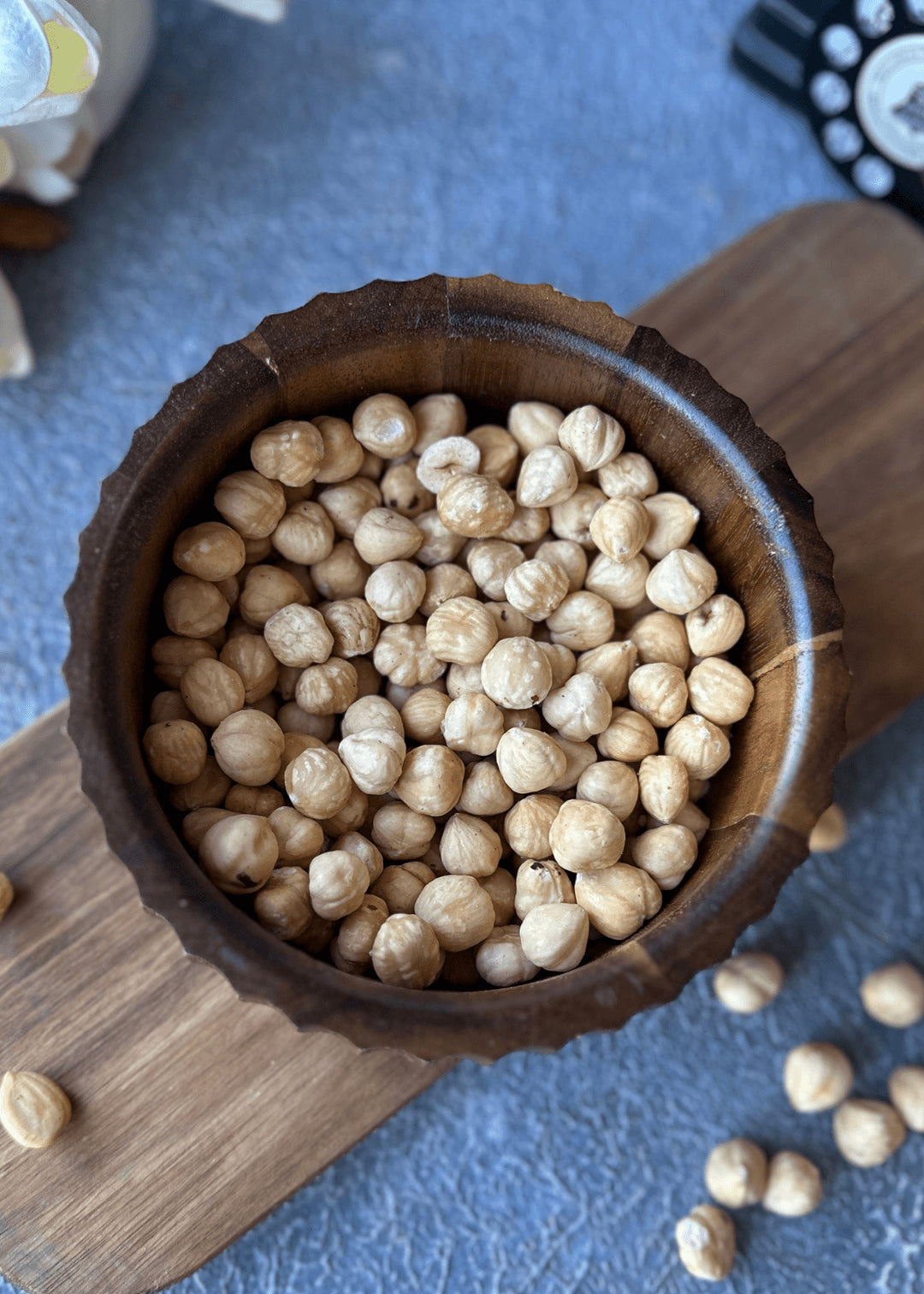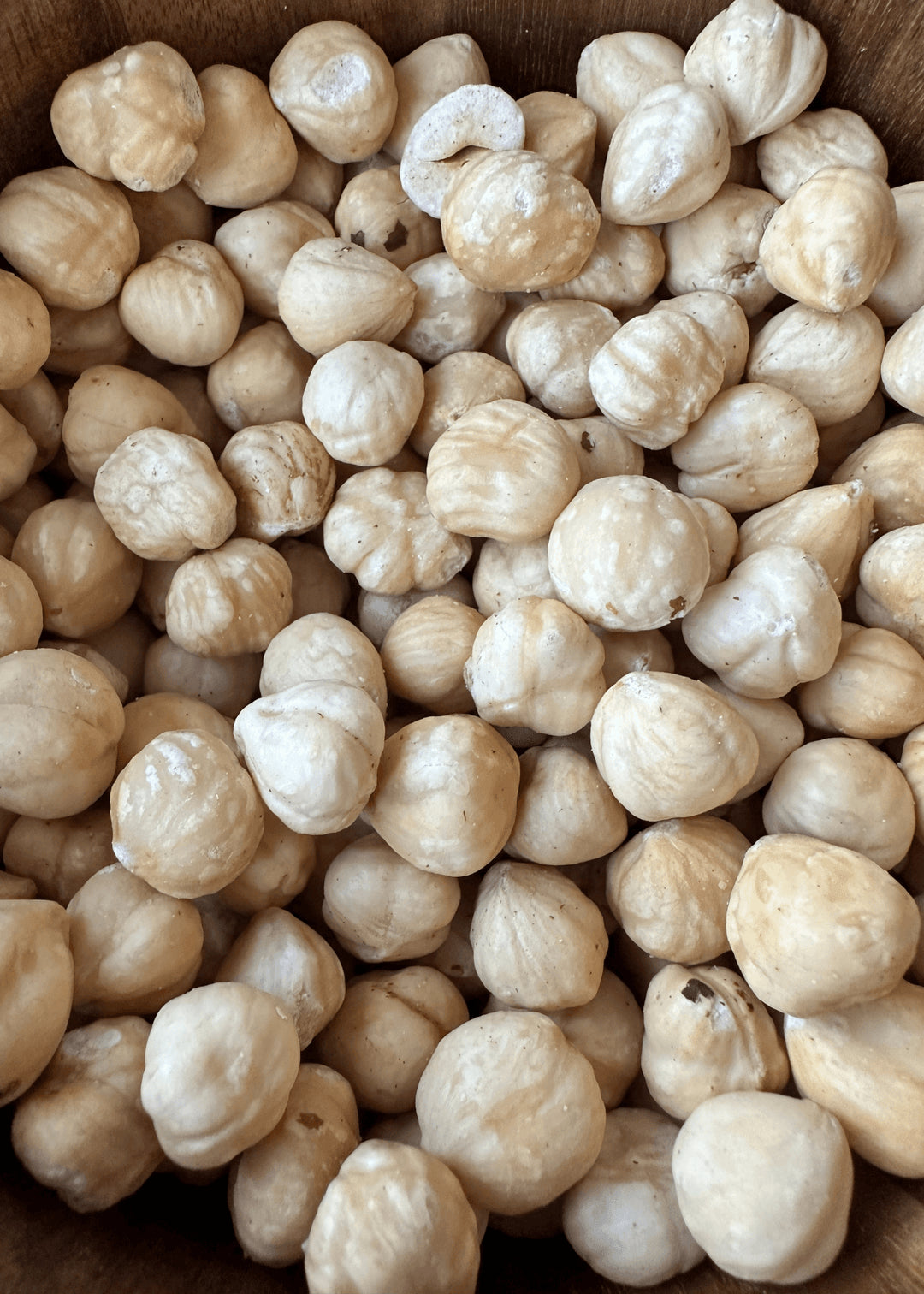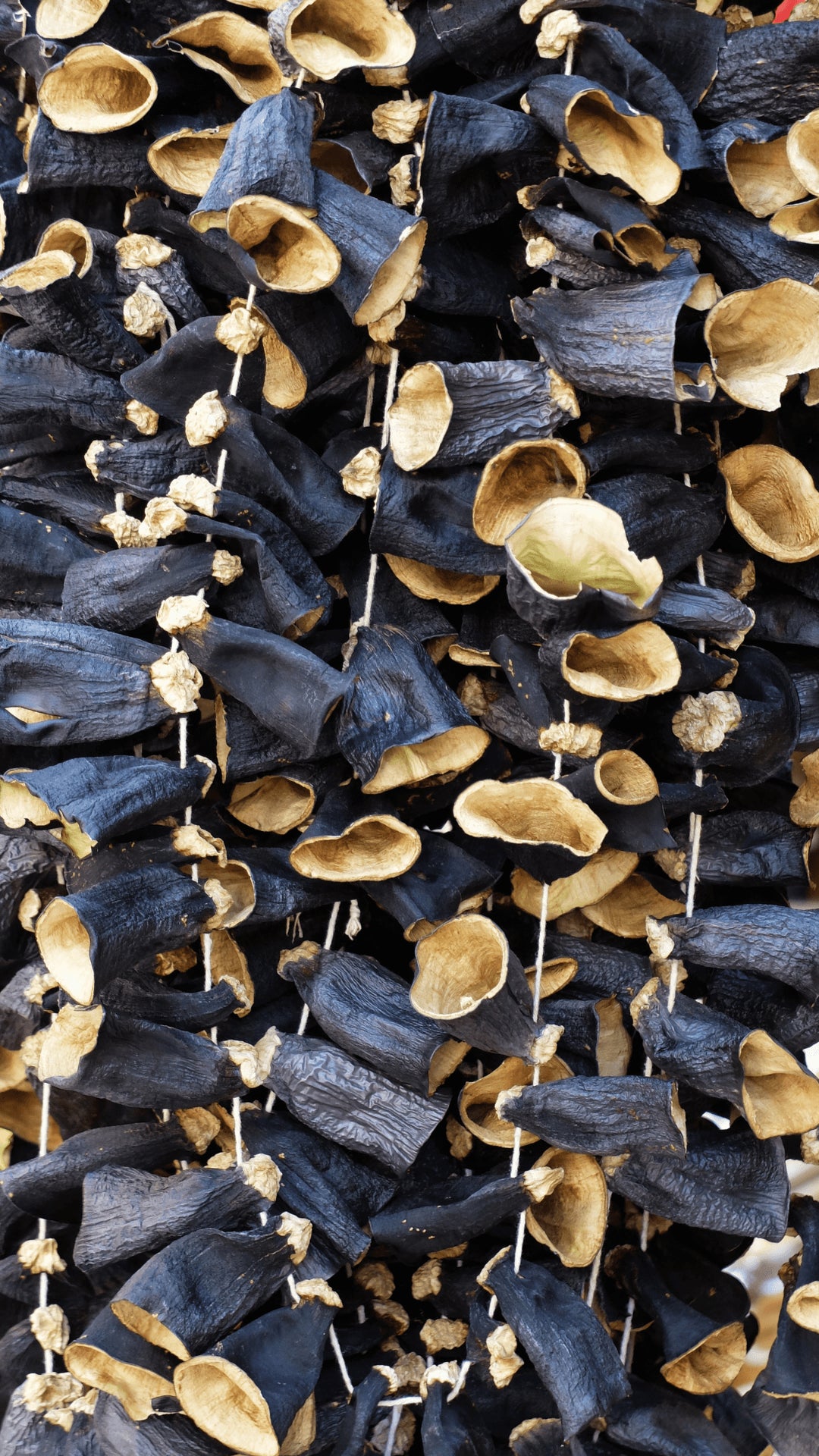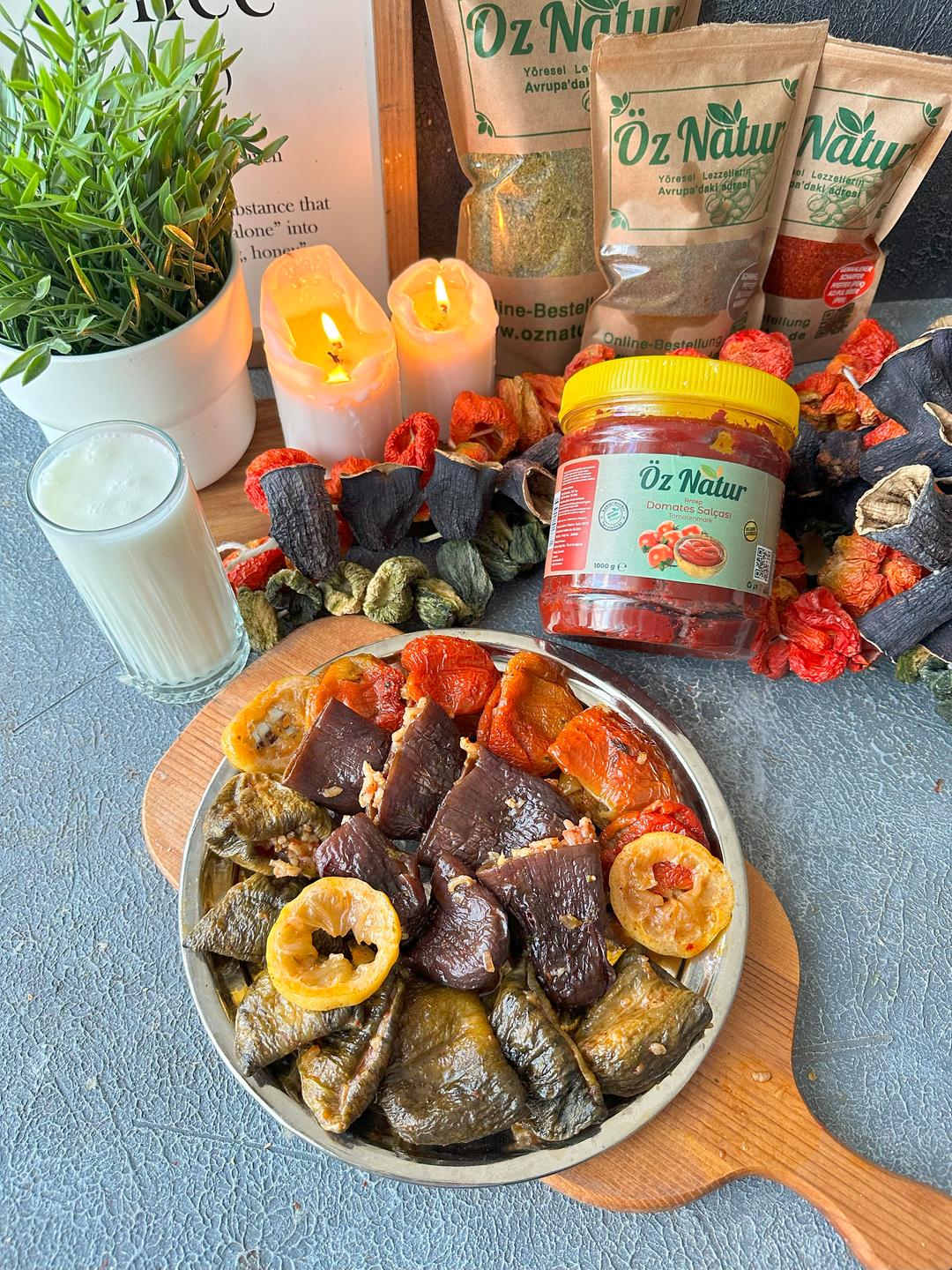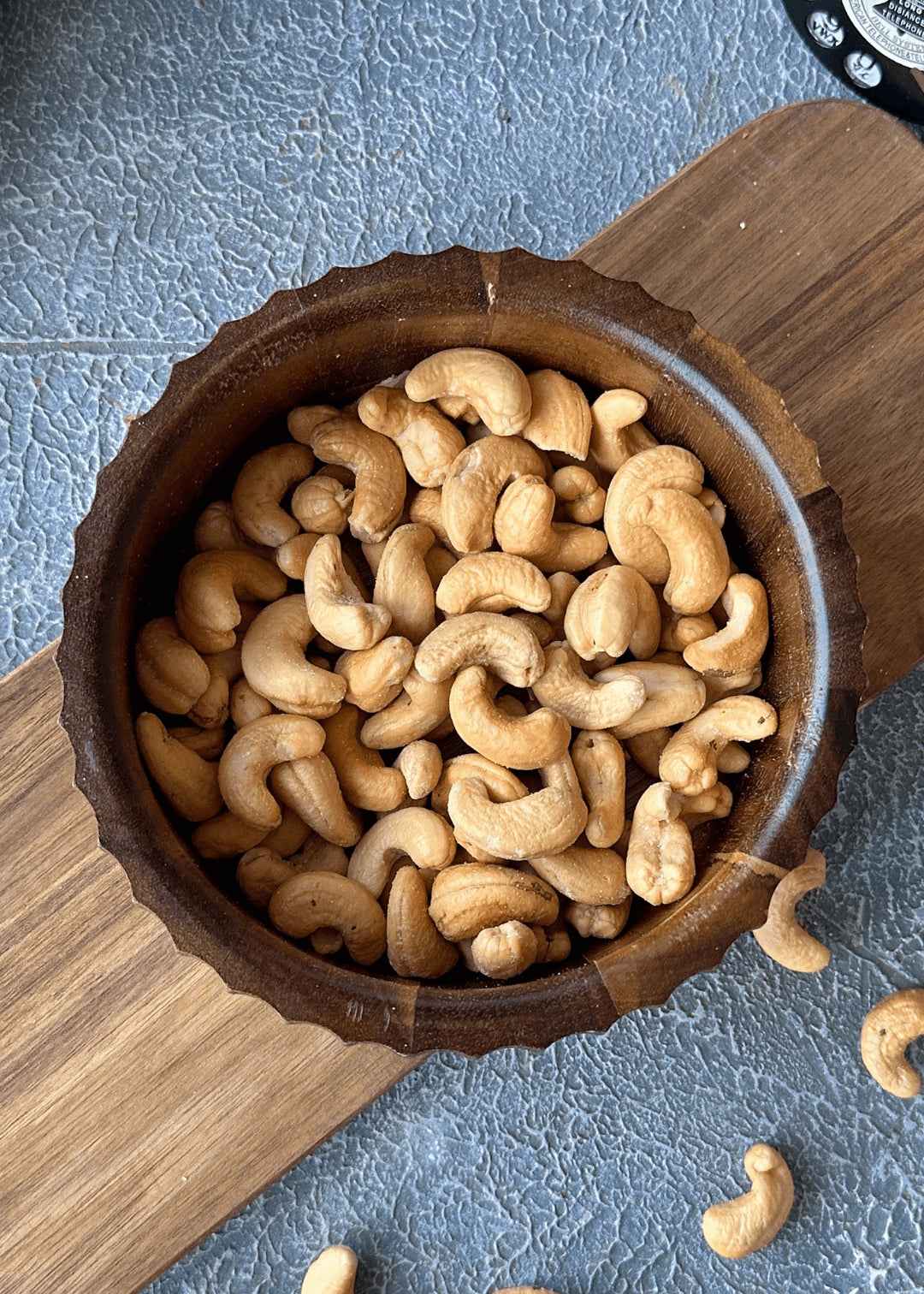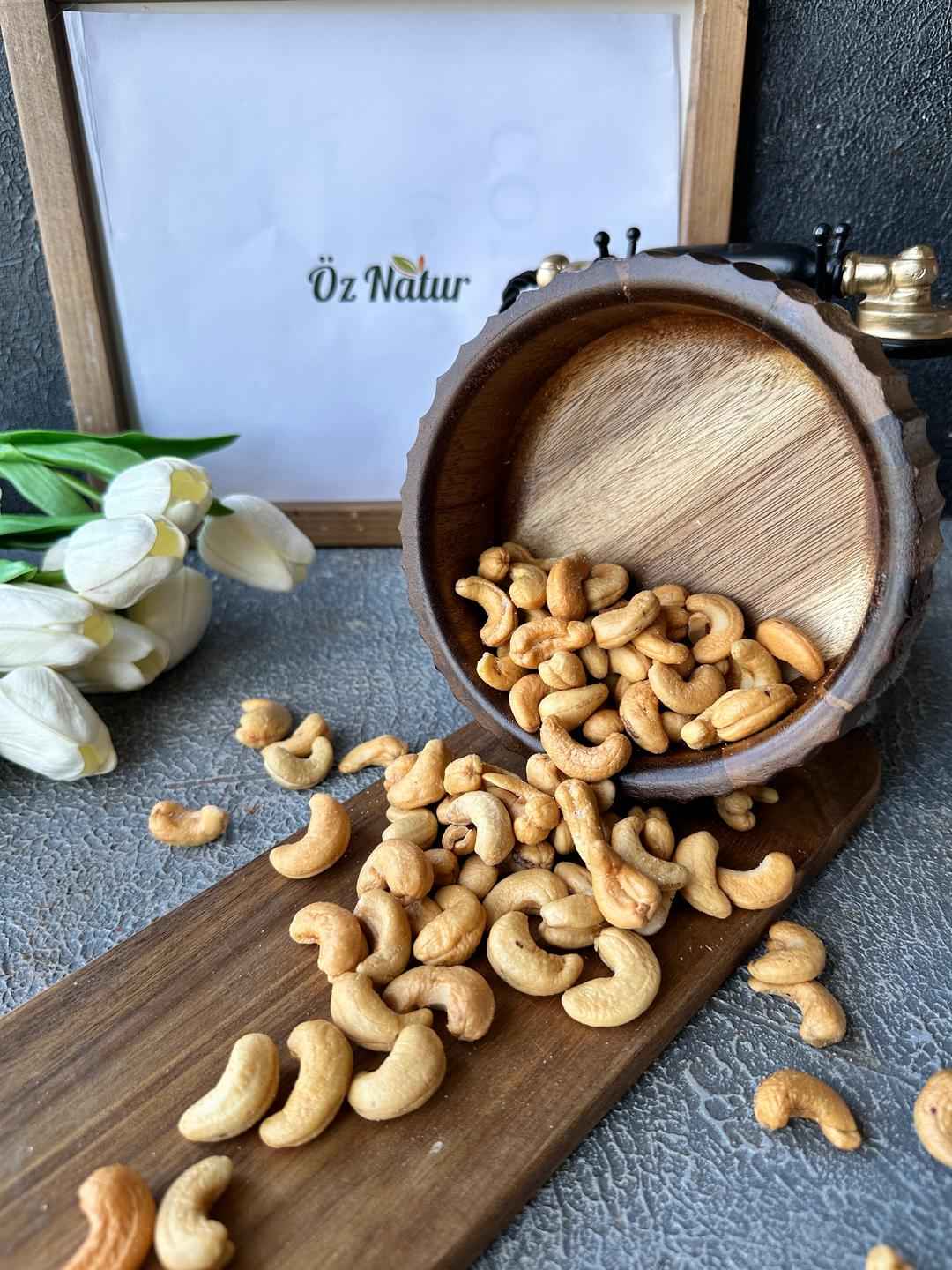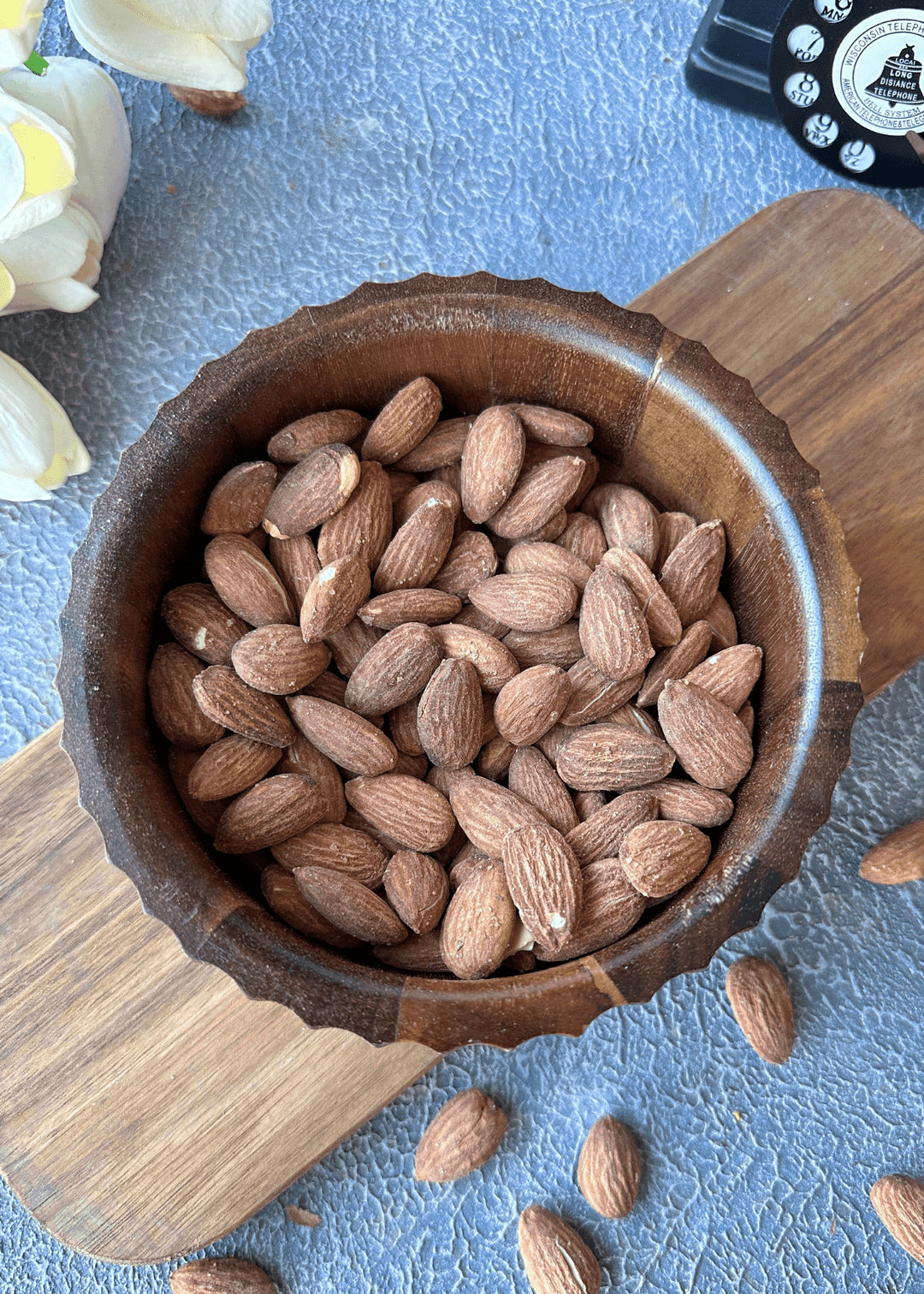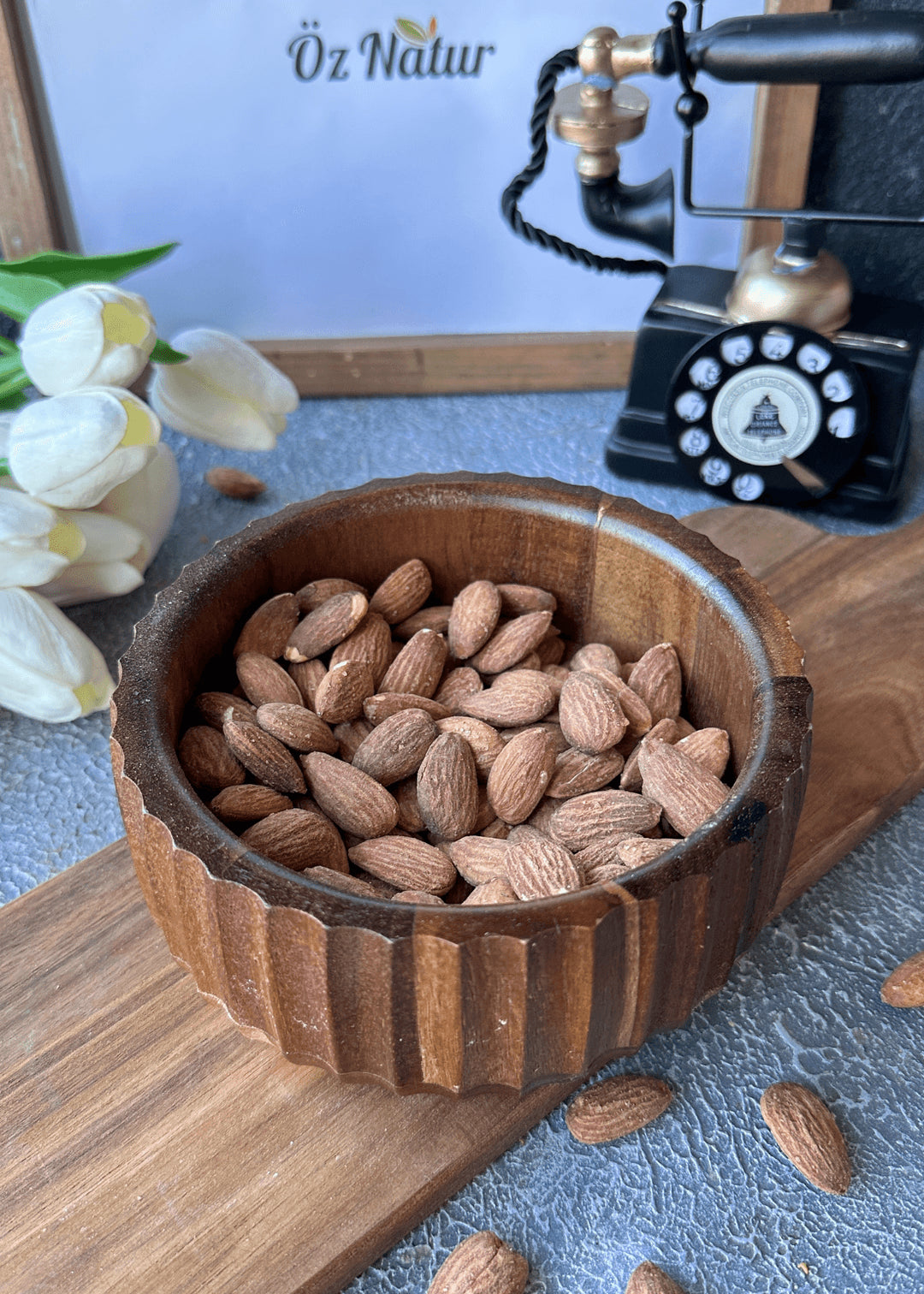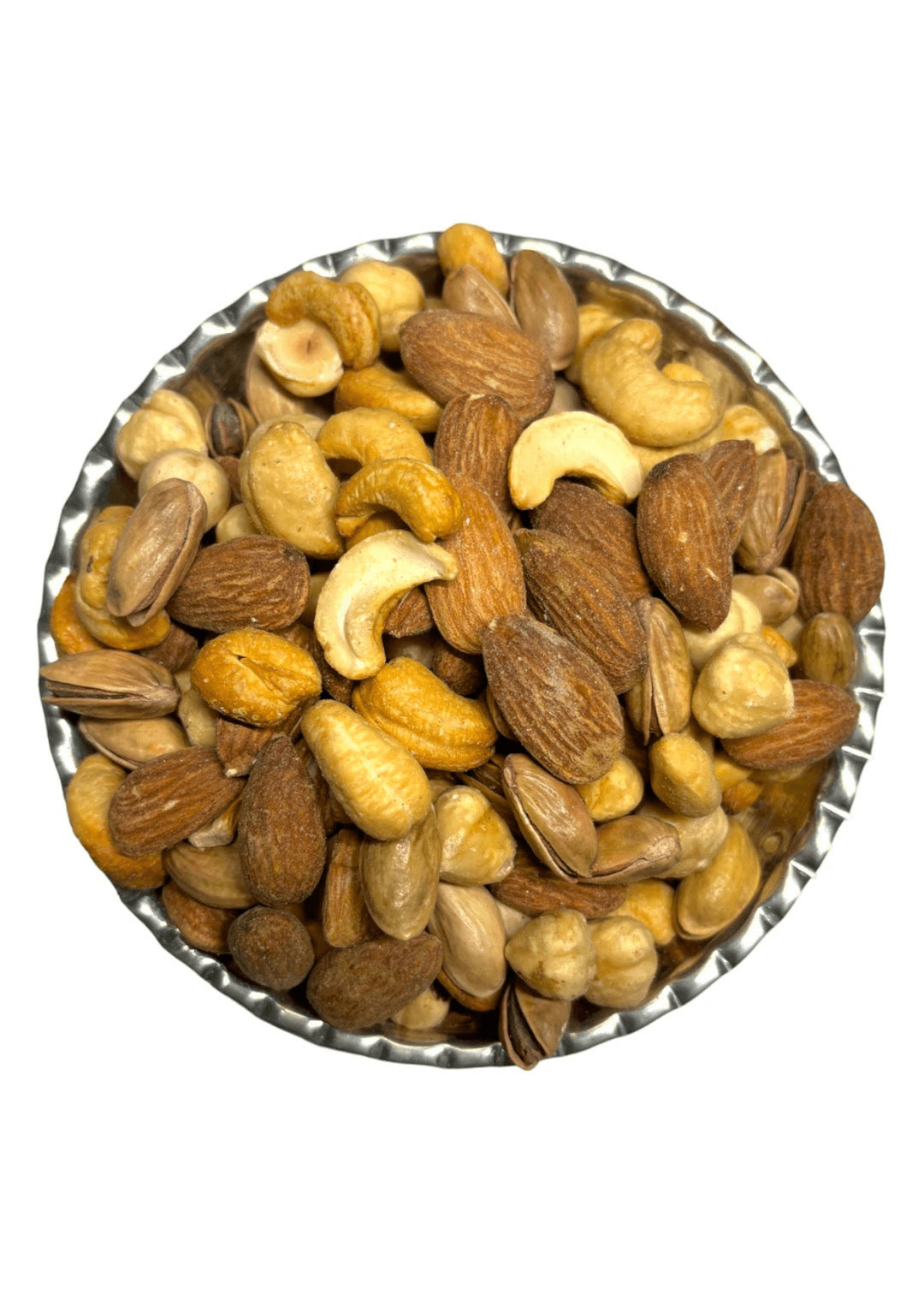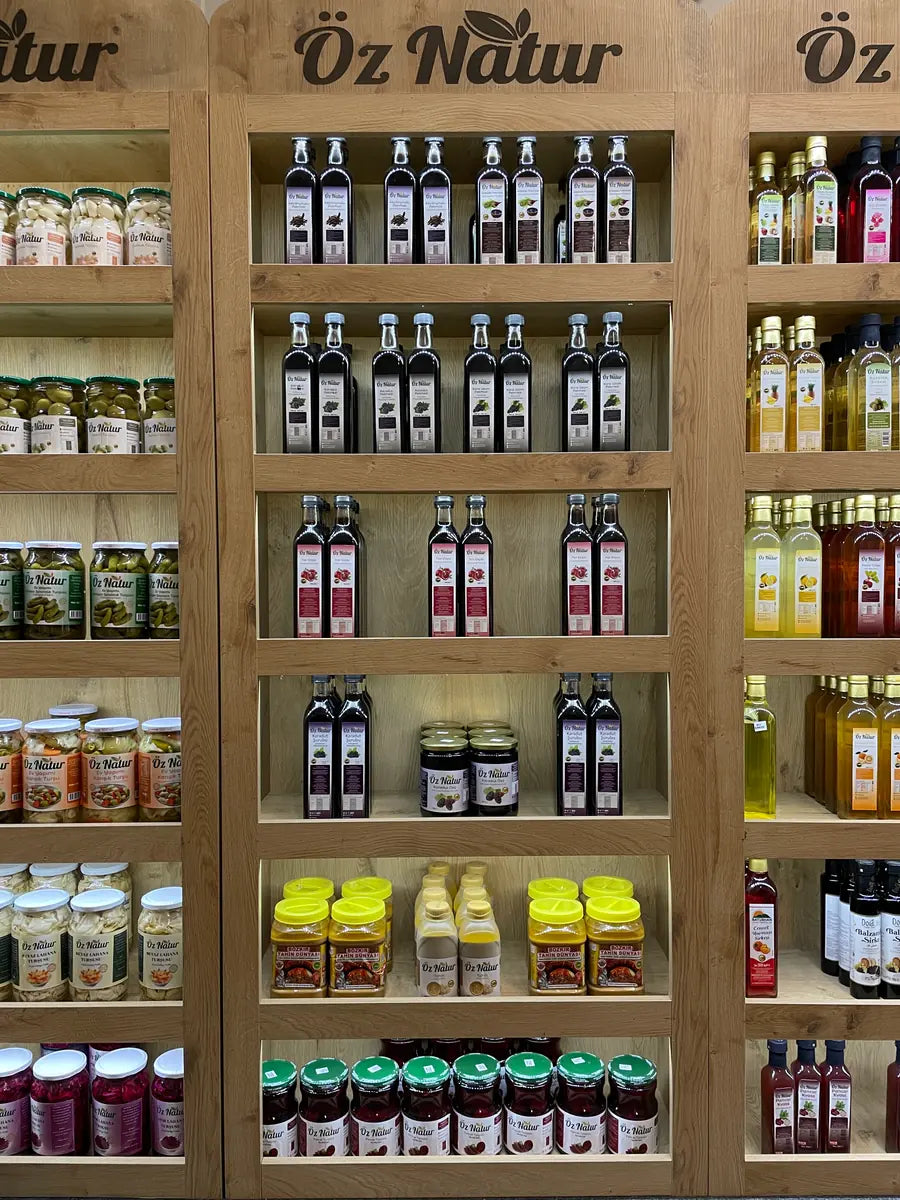Sun-dried tomatoes are a cherished ingredient in many cuisines, especially in the Mediterranean region. These tomatoes are made by slowly removing the moisture content from fresh tomatoes, traditionally under the sun or using low-heat ovens. The drying process not only concentrates the flavour but also allows the tomatoes to be stored for longer periods without refrigeration, making them ideal for year-round use.
The method usually starts with firm, ripe tomatoes that have a dense, meaty texture—typically varieties like Roma or plum tomatoes. These are preferred because they have fewer seeds and less water, making them ideal candidates for drying. The tomatoes are halved or sliced, sprinkled lightly with salt to draw out moisture, and then placed on drying racks or trays in direct sunlight or a ventilated oven.
During sun-drying, tomatoes are typically covered with a mesh or light cloth to protect them from insects and dust. They need to be turned occasionally to ensure even drying. This process can take 4 to 7 days, depending on the weather and thickness of the slices. In urban settings or during cloudy periods, low-temperature ovens (around 50–60°C or 120–140°F) are used to simulate sun-drying in a controlled environment.
After drying, tomatoes become chewy, wrinkled, and intensely aromatic. Some people store them as-is, while others preserve them in olive oil with herbs and garlic. This method not only adds flavour but also softens the texture, making the tomatoes easier to use in a variety of dishes. Whether prepared at home or purchased from stores, sun-dried tomatoes remain a timeless staple in modern kitchens.,
What Kind of Tomatoes Are Used for Drying?
Choosing the right type of tomato is essential for high-quality sun-dried results. Not all tomatoes are created equal when it comes to drying. Ideal tomatoes are those with low moisture content, high flesh density, and minimal seeds. Roma, plum, and San Marzano tomatoes are the most popular choices due to their robust structure and deep flavour.
The thickness of the skin also affects the drying process. Tomatoes with thinner skins dry more efficiently and evenly. Their skin doesn’t harden too much, which is important for achieving a chewy rather than leathery final texture. The colour of the tomato matters too—deep red varieties not only look appealing after drying but also offer a richer taste.
For home drying, it’s important to choose tomatoes that are fully ripe but still firm to the touch. Overripe or bruised tomatoes can lead to uneven drying and a shorter shelf life. Slightly dehydrated tomatoes from late summer harvests often provide the best base for drying because they’re already rich in natural sugars and flavour.
Finally, the timing of harvest is crucial. Late summer to early fall is the most suitable period, as tomatoes are at peak ripeness and the weather conditions favour effective sun exposure. Using seasonal produce ensures better results and often a more budget-friendly approach compared to buying out-of-season tomatoes.
Where Are Sun-Dried Tomatoes Used?
Sun-dried tomatoes are an extremely versatile ingredient that adds complexity to both everyday meals and gourmet dishes. Their concentrated, slightly tangy flavour enhances a wide range of recipes, from cold salads to hot pasta dishes. In Mediterranean countries like Italy, Greece, and Turkey, they are used extensively as a base ingredient or a flavour booster.
They can be rehydrated in warm water or olive oil before being chopped and added to couscous, bulgur, or risottos. Rehydration softens them and helps them blend better with other ingredients. They’re also ideal for stuffing vegetables or rolling into meatloaf and meatball mixtures for added depth.
In antipasto platters, sun-dried tomatoes pair beautifully with cheese, olives, and cured meats. Spread on crostini or blended into tapenade, they become a delightful appetizer. Their inclusion in bread doughs, focaccias, or savoury muffins introduces a gourmet twist to baked goods.
Creative cooks also use sun-dried tomatoes in pesto sauces, salad dressings, and homemade spreads. Whether you’re making a quick lunch or preparing for a dinner party, their bold flavour can transform a simple dish into something memorable and refined.
How Should Sun-Dried Tomatoes Be Stored?
Proper storage is essential to maintain the flavour, texture, and safety of sun-dried tomatoes. If you’ve dried the tomatoes at home and plan to store them dry (not in oil), they should be placed in airtight jars or containers. Keep them in a cool, dark, and dry place—such as a pantry or kitchen cabinet away from sunlight and humidity.
If the tomatoes are preserved in olive oil, refrigeration is necessary. Always use a clean utensil to scoop out the portion you need, to prevent contamination. Herbs like rosemary, oregano, and garlic not only add taste but also have mild preservative properties, helping the tomatoes last longer while enhancing aroma.
Commercially vacuum-packed sun-dried tomatoes are quite shelf-stable. When unopened, they can last up to 9 months in a cool environment. However, once opened, the countdown begins. To ensure freshness, it’s best to transfer any remaining tomatoes into a sealed container and refrigerate them.
To extend the shelf life of homemade sun-dried tomatoes, a clever trick is to add a few grains of dry rice or a food-safe desiccant packet into the container. These absorb excess moisture and prevent spoilage. With the right storage conditions, your sun-dried tomatoes can remain flavourful and usable for several months.


